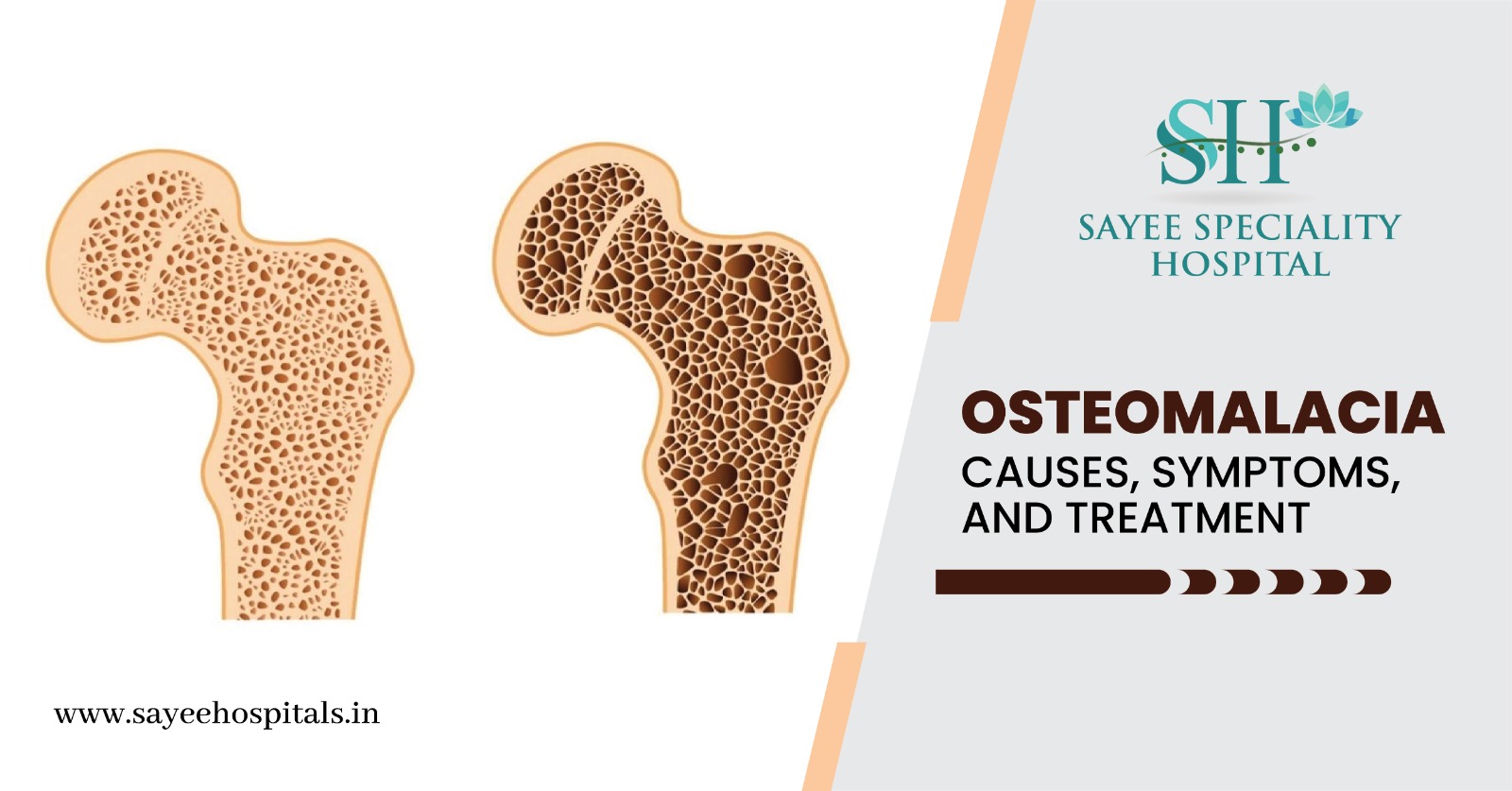Osteomalacia, often referred to as “soft bones,” is a metabolic bone disorder characterized by insufficient mineralization, leading to weakened and softened bones. Unlike osteoporosis, which involves the deterioration of existing bone, osteomalacia is a failure in the bone-building process. This condition primarily affects adults, whereas a similar deficiency in children leads to rickets.
Bone is a living tissue undergoing continuous turnover. The outer shell, or cortex, is hard, while the inner structure, or matrix, resembles a honeycomb. Layers of calcium and phosphorus fortify this structure. Vitamin D is crucial in regulating these minerals, aiding calcium absorption from food to strengthen bones.
Causes of Osteomalacia
Osteomalacia stems from deficiencies in vitamin D, calcium, or phosphorus. Common factors contributing to vitamin D deficiency include:
- Poor intake of vitamin D-rich
- Inadequate exposure to
- Conditions like celiac disease, certain cancers, and surgeries impacting nutrient
- Kidney and liver disorders can affect vitamin D
- Drugs for epilepsy, such as phenytoin and phenobarbital, can interfere with vitamin D
- Insufficient dietary phosphate can also
People at higher risk include those who are frail, wear clothing that covers most of their skin, have dark skin, or are pregnant or breastfeeding.
Symptoms of Osteomalacia
Bone pain in the legs, groin, upper thighs, knees, and sometimes the feet, especially when standing or walking.
- Muscle pain especially after exercise, affecting the thighs, shoulders, and trunk, leading to difficulties in climbing stairs, rising from chairs, and, in severe cases, getting out of
- Bones break more easily, particularly in the hips, lower back, and
- A waddling gait due to muscle weakness and bone
- Muscle cramps and pins and needles in the hands and feet due to low calcium
Diagnosis:
Blood tests
- X-rays
- Bone biopsy
Treatment:
Treatment involves addressing underlying causes and supplementing with vitamin D and calcium.
Prevention:
Spend time outdoors to facilitate natural vitamin D
- Consume foods rich in vitamin D, such as fatty fish and fortified dairy
- Consider vitamin D supplements if deficient or at
- Incorporate calcium sources like dairy, green leafy vegetables, and fortified
- Engage in weight-bearing activities to support bone
- Maintain a healthy weight, limit alcohol and caffeine, quit smoking, and have regular medical monitoring.
Early diagnosis and proper treatment are crucial for managing symptoms and preventing complications. Seeking medical help from an experienced orthopedist ensures timely care, appropriate diagnosis, and effective treatment of osteomalacia.
